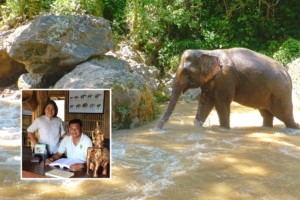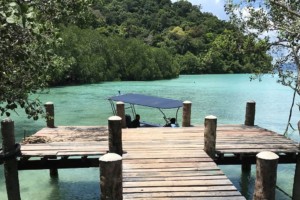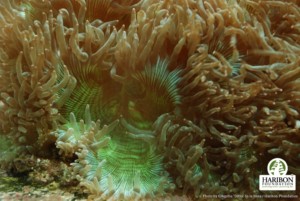Apo Island, Philippines to levy new fees on tourists
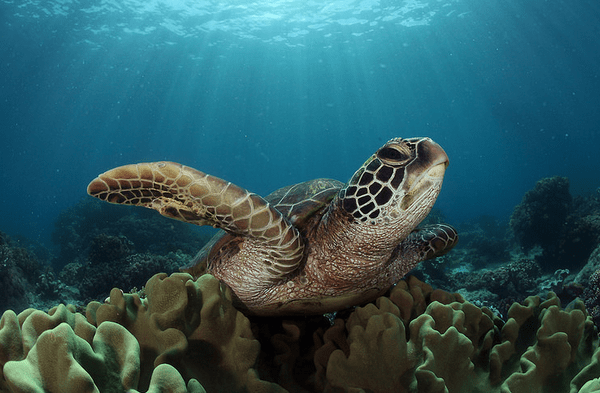
The fees, agreed upon by the Protected Area Management Board (PAMB), would include mooring fees for boats used by tourists; for diving, swimming, snorkeling and other activities.
Jose Bryan Arranguez, Community Relations Officer of the Apo Island Protected Landscape and Seascape (AIPLS) of the Community Environment and Natural Resources Office (CENRO) said the new fees were to “maintain and sustain” Apo Island.
Nevertheless he lamented that some tourists already complain about what they describe as “unreasonable fees” being charged when visiting Apo Island. Each visitor is charged a PHP 100 (USD 2) general admission fee; PHP 25 for a Negros Oriental resident; PHP 10 for Dauin residents and students from Negros Oriental; and PHP 5 for senior citizens.
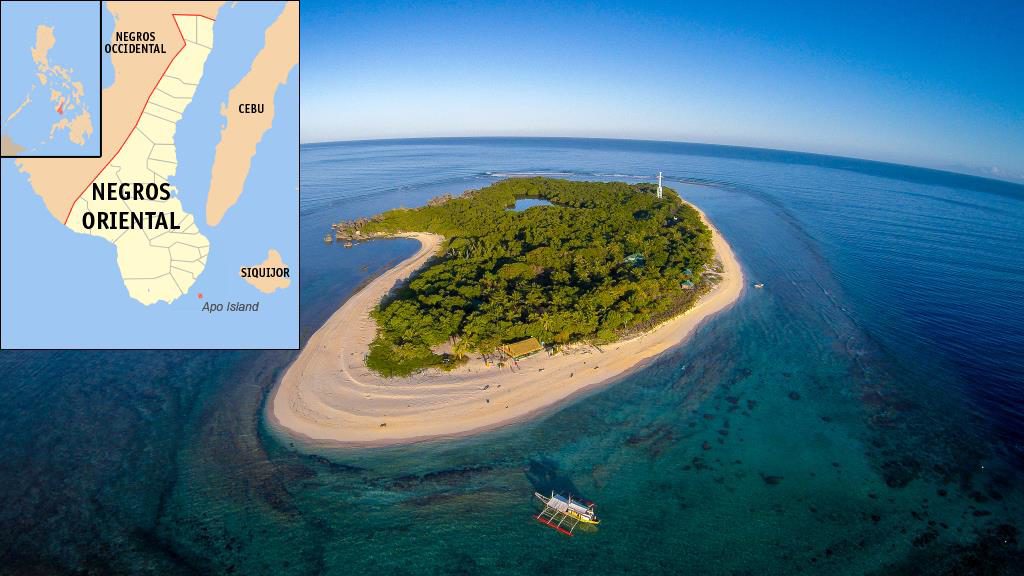
Apo Island. Source: map inset (Wikimedia / Mike Gonzales); image (Wikimedia / macoy.meijia)
Arranguez said this money goes back to the community via PAMB in a 75 – 25 split with the national government. PAMB, which is made up of representatives from government, the private sector, and non-government organisations, spends its three-quarter share on utility projects on the island, such as solar lighting, diesel-powered electricity generation, and water supplies.
In addition, Apo Island residents “thrive” on the year-round incomes generated from ecotourism activities, such as diving or snorkeling with sea turtles; boating; fishing; wages earned from resorts on the island; and other businesses, such as selling souvenirs.
Income derived from all activities has helped the more than 1,000 individuals or around 197 households on Apo Island improve their living standards, continued Arranguez.
Apo Islanders now enjoy a more varied diet than the traditional catch-of-the-day. They have gained access to better education and health services. Some can even afford to send their children to private schools on the mainland of Negros Oriental. And many own motor bancas (motorised outrigger canoes), which they rent out.
While all this has benefited Apo Island, there are many challenges for the PAMB and the residents to deal with to strike a balance between economic gains and sustainable development for future generations, Arranguez concluded.
Rare and fragile

Sea turtle ‘pawikan’ off the shores of Apo Island. Source: Wikimedia / Jun V Lao
Arranguez said Apo Island earned an annual income of about PHP 6 million (USD 120,000) following its declaration as a protected area (72 hectares terrestrial and 619 hectares marine) in 1994 by then President Fidel V. Ramos.
When two strong typhoons in 2011 and 2012 damaged corals in the bio-diverse marine sanctuary, the island’s income dropped for a while. The marine sanctuary was sealed off to the public to allow regrowth and recovery of its coral reefs and fish population.
After the island’s population of endangered sea turtles or pawikan became the next big thing, tourist arrivals surged and the island’s income rose to about PHP 12 million (USD 240,000) a year, according to Arranguez.
Presumably after realising how fragile and rare its primary attractions the reef and sea turtles were, islanders set up the Apo Island Scuba Equipment Rental and Guiding Association (AISERGA) to ensure that rules and regulations and other policies were followed.
Arranguez said that a visitor who wants to swim with the sea turtles must do so at the designated area and pay for a guide (PHP 300 for a maximum of five people), as well as rent a mask and snorkel (PHP100) and a life jacket (PHP 200) in case visitors do not bring them.
A guide is required to ensure that visitors do not violate rules such as touching sea turtles, stepping on corals, or straying into restricted areas.
Related posts


